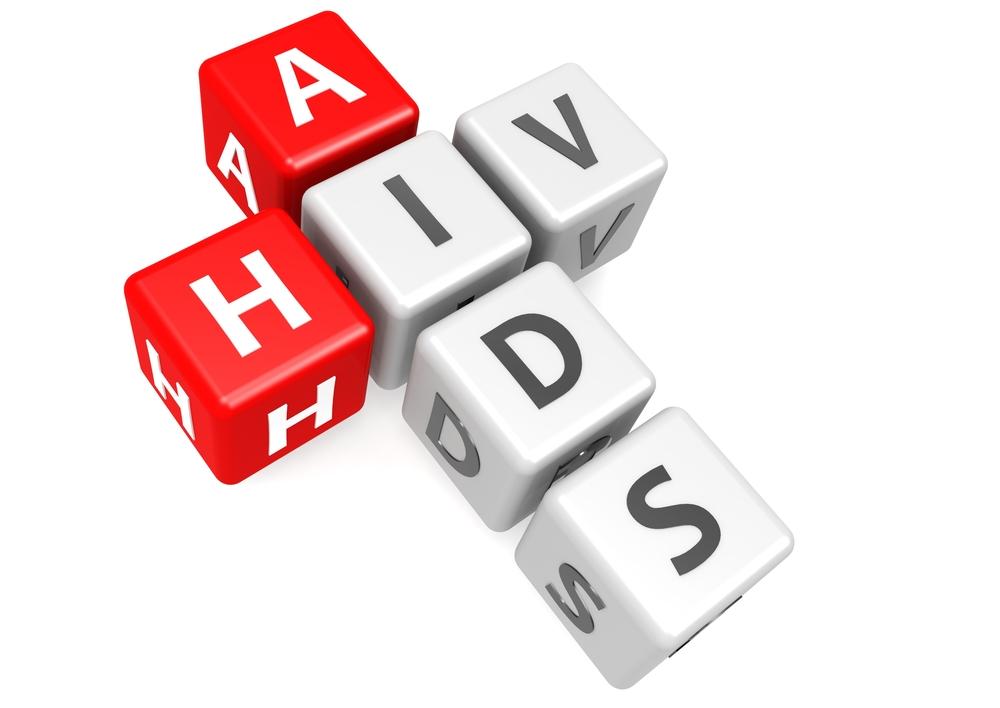
Signs and Symptoms of HIV
Human immunodeficiency virus (or HIV) is a virus that strikes the body’s immune system. With time, HIV can progress into acquired immunodeficiency syndrome (or AIDS), a condition that causes progressive failure of the immune system leaving the patient at risk of life-threatening infections and cancers. Many symptoms of the HIV virus mimic the flu. Thankfully, HIV can be managed so that it does not develop into AIDs.
Dignosising HIV in the earliest stages is important, using these signs and symptoms:
1. Rash
People with HIV will usually show some signs of a rash during the early stages of infection. Having a rash with flu-like symptoms is an indication that the HIV virus may be present. Also, if a person has engaged in risky sexual behavior or drug use before developing the rash; this too could be another indication that they have HIV.
2. Mouth sores
Mouth sores typically do not accompany the flu. However, they do appear in the mouths and on the tongues of many HIV patients. Studies indicate that roughly 46 percent of HIV patients develop mouth complications resulting from a weakened immune system.
3. Swollen lymph nodes
Lymph nodes are an important part of the immune system as they’re responsible for producing new immune cells while filtering white blood cells via lymph fluid. In the early stages of HIV, the lymph nodes throughout the body (i.e., groin, armpits, and neck) often swell and become painful to the touch.
4. Ulcers on the genitals
Ulcers that develop on the genital area is another sign of HIV infection. You may notice elevated sores, blisters, or ulcers appear on the genital area.
5. Flu-like symptoms
As mentioned, HIV infection can often be mistaken as the flu or a common cold due to the presence of similar symptoms, including headache, fever, fatigue, sore throat, muscle pain, and painful joints.
If you believe you may have contracted HIV, please visit your doctor for further testing immediately.



